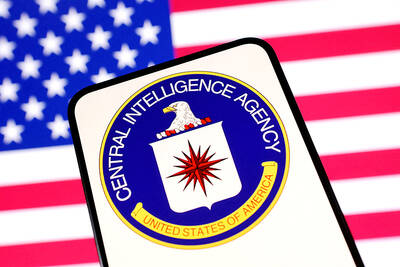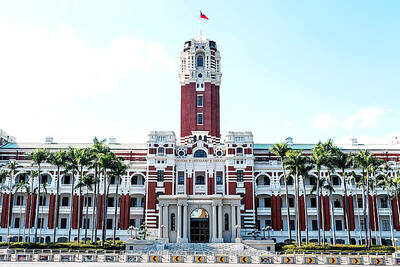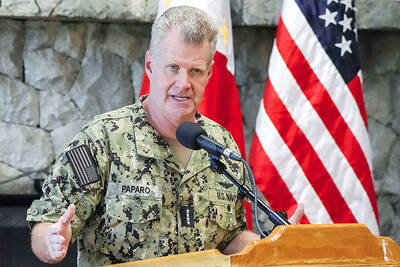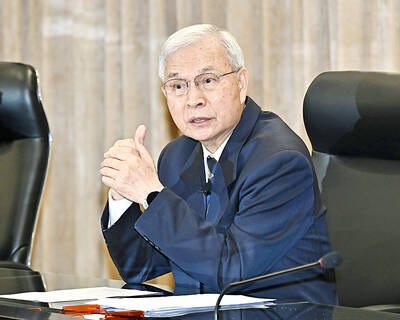Venezuela awarded on Wednesday the largest oil investment of Venezuelan President Hugo Chavez’s 11-year rule, drawing tens of billions of dollars of much-needed foreign finance to the Orinoco Belt just three years after the leftist leader nationalized operations there.
US-based Chevron and Spain’s Repsol led groups that looked beyond the risks of operating in Venezuela to tap into the OPEC member’s 100-plus billion barrels of reserves, a sign that oil giants need to replenish crude reserves that are increasingly under control of producer nations.
The results show victories for both sides. Oil companies agreed to tough conditions laid down by Caracas, while Venezuela softened fiscal terms in another sign resource nationalism around the world has been weakened by falling oil prices.
“This international investment is absolutely necessary for us, we could not develop the Orinoco Belt alone,” Chavez told oil company officials during a ceremony in the Miraflores presidential palace.
“This is mutually beneficial. You are here because you need to be here. These are relationships of equals, of friendship,” said the president, who has nationalized many of the South American nation’s industries in a drive to socialism.
Chavez, known for his jocular manner and combative anti-US politics, spent several minutes lambasting US President Barack Obama, even requesting that Chevron’s regional chief help Venezuela improve ties with Washington.
“Maybe Obama will come to the Orinoco Belt, bring him,” Chavez said.
Venezuela’s oil production has fallen below 2.5 million barrels per day (bpd) from more than 3 million bpd in 2001, the US Department of Energy says, principally because of limited oil-field investment and lack of qualified personnel.
Petroleos de Venezuela’s (PDVSA) own official statistics show output above 3 million bpd, though those numbers have been flat for five years. The company has twice in the last five years pared down aggressive production increases.
Repsol will take 11 percent in its project, the same stake as consortium partners Petronas of Malaysia and ONCC of India. State oil firm PDVSA will take 60 percent, with two other Indian companies taking the remainder, a Repsol official said.
Chevron will lead a second project along with consortium partners that include Japan’s Mitsubishi and Inpex, plus Venezuela’s Suelopetrol.
The government did not receive offers for a third project and did not receive bids from several companies Chavez has openly courted, including China’s CNPC and Russian firms such as Lukoil and Gazprom.
This may be in part because Venezuela is running a parallel process of direct adjudication for blocks in the Junin area of the Orinoco belt.
Venezuela holds the world’s fifth-largest oil reserves at an estimated 100 billion barrels, according to the BP Statistical Review. The Venezuelan government says it holds at least 210 billion barrels that could yet be produced and last month the US Geological Survey released a study that reached a similar conclusion.

The CIA has a message for Chinese government officials worried about their place in Chinese President Xi Jinping’s (習近平) government: Come work with us. The agency released two Mandarin-language videos on social media on Thursday inviting disgruntled officials to contact the CIA. The recruitment videos posted on YouTube and X racked up more than 5 million views combined in their first day. The outreach comes as CIA Director John Ratcliffe has vowed to boost the agency’s use of intelligence from human sources and its focus on China, which has recently targeted US officials with its own espionage operations. The videos are “aimed at

STEADFAST FRIEND: The bills encourage increased Taiwan-US engagement and address China’s distortion of UN Resolution 2758 to isolate Taiwan internationally The Presidential Office yesterday thanked the US House of Representatives for unanimously passing two Taiwan-related bills highlighting its solid support for Taiwan’s democracy and global participation, and for deepening bilateral relations. One of the bills, the Taiwan Assurance Implementation Act, requires the US Department of State to periodically review its guidelines for engagement with Taiwan, and report to the US Congress on the guidelines and plans to lift self-imposed limitations on US-Taiwan engagement. The other bill is the Taiwan International Solidarity Act, which clarifies that UN Resolution 2758 does not address the issue of the representation of Taiwan or its people in

US Indo-Pacific Commander Admiral Samuel Paparo on Friday expressed concern over the rate at which China is diversifying its military exercises, the Financial Times (FT) reported on Saturday. “The rates of change on the depth and breadth of their exercises is the one non-linear effect that I’ve seen in the last year that wakes me up at night or keeps me up at night,” Paparo was quoted by FT as saying while attending the annual Sedona Forum at the McCain Institute in Arizona. Paparo also expressed concern over the speed with which China was expanding its military. While the US

SHIFT: Taiwan’s better-than-expected first-quarter GDP and signs of weakness in the US have driven global capital back to emerging markets, the central bank head said The central bank yesterday blamed market speculation for the steep rise in the local currency, and urged exporters and financial institutions to stay calm and stop panic sell-offs to avoid hurting their own profitability. The nation’s top monetary policymaker said that it would step in, if necessary, to maintain order and stability in the foreign exchange market. The remarks came as the NT dollar yesterday closed up NT$0.919 to NT$30.145 against the US dollar in Taipei trading, after rising as high as NT$29.59 in intraday trading. The local currency has surged 5.85 percent against the greenback over the past two sessions, central